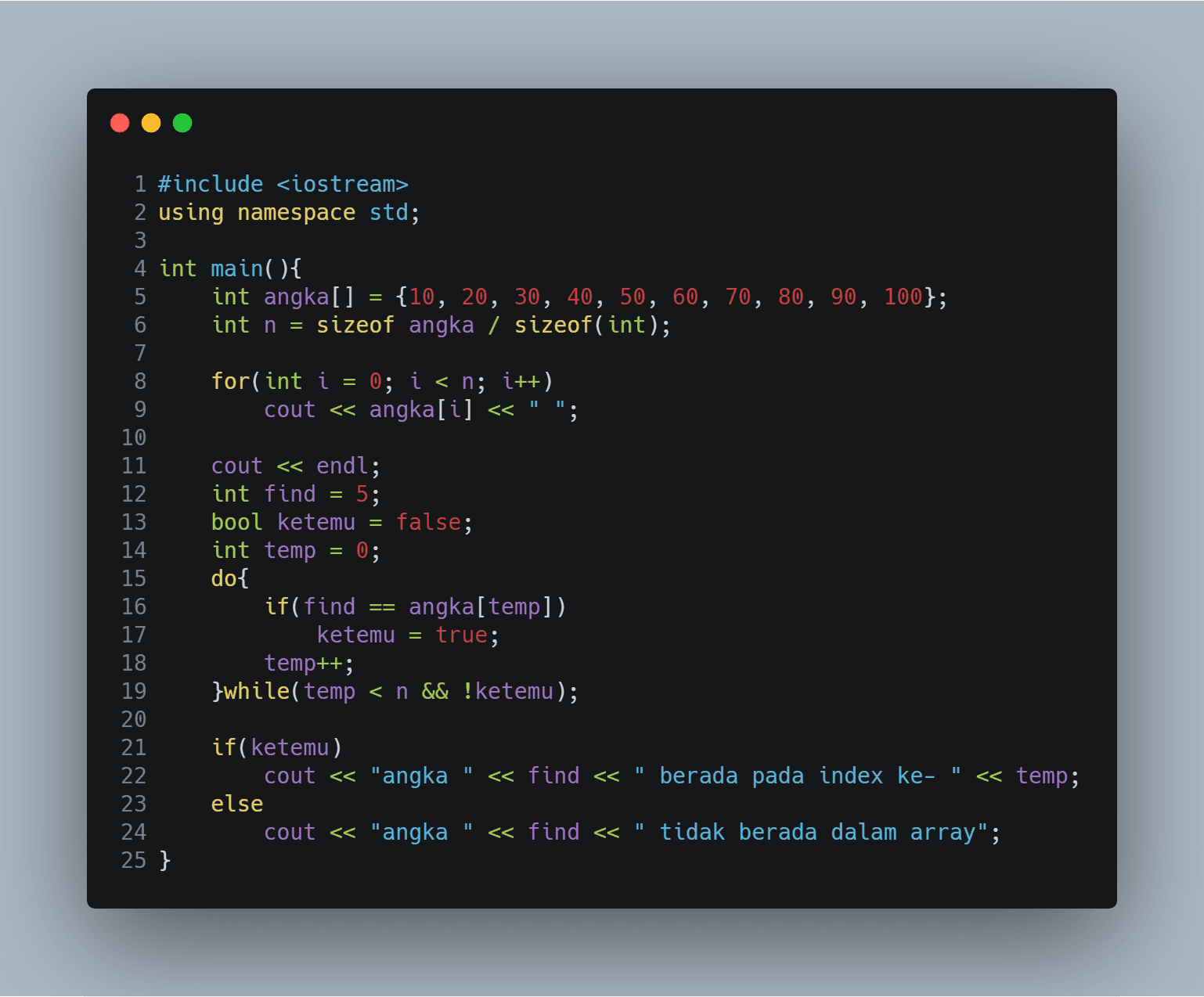

Unlike the Binary Search algorithm, Linear searches don’t require the collection to be sorted.ītw, if you are not familiar with the essential data structure and algorithms like this one, it’s better to first go through a suitable data structure and algorithm course like Data Structures and Algorithms: Deep Dive Using Java. This is a comprehensive resource to learn fundamental data structures and algorithms in Java programming languages. The speed of search grows linearly with the number of items within your collection. In other words, if you have N items in your collection, the worst-case scenario to find a topic is N iterations. The worst-case performance scenario for a linear search is that it has to loop through the entire collection, either because the item is the last one, or because the item is not found. The worst case is when the value is not in the list (or occurs only once at the end of the list), in which case n comparisons are needed. For a list of n items, the best case is when the value is equal to the first element of the list, in which case only one comparison is needed. The Linear search algorithm is the most straightforward. Linear search or sequential search is a method for finding a particular value in a list that consists of checking every one of its elements, one at a time and in sequence until the desired one is found. However, nevermind, you can still learn this useful algorithm to search an item in the array or linked list. Generally, it is taught before the binary search algorithm because the binary search is faster than Linear search. In that article, someone asked me about is there any other search algorithm exists? How can you search an element in the array if it’s not sorted, and you cannot use the binary search algorithm? To answer his questions, I mentioned about the Linear search algorithm, which is the predecessor of binary search.
#SEQUENTIAL SEARCH CODE#
This speed disadvantage is why other search methods have been developed.Hello guys, earlier, I have talked about how the binary search algorithm works and shared the code to implement the binary search in Java. The worst case being no match found and every item had to be checked.
#SEQUENTIAL SEARCH SERIAL#
Computers take a finite amount of time to search each item, So naturally, the longer the list, the longer it will take to search using the serial method. The overhead of doing this may actually mean that serial searching performs better than other methods. So if an item is inserted or deleted, the computer will need to re-order the list before that algorithm can be applied. Some algorithms assume the list is ordered in a certain way.

Not affected by insertions and deletions. Serial searching makes no assumption at all about the list so it will work just as well with a randomly arranged list as an ordered list. Other algorithms only work because they assume that the list is ordered in a certain way. The list does not need to be in any order.

Computers are now very powerful and so checking potentially every element in the list for a match may not be an issue with lists of moderate length. Good performance over small to medium lists. Each item is checked until either a match is found or the loop ends and the 'return 'no match found' is reached. The subroutine starts with a loop going over a 20 element list / array. For example the pseudo-code below shows the algorithm in action procedure serial_search() If the last item is reached and no match is found return 'match not found'.If no match is found repeat with the next item.



 0 kommentar(er)
0 kommentar(er)
